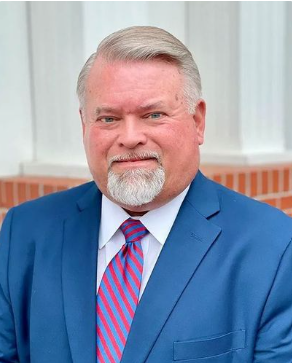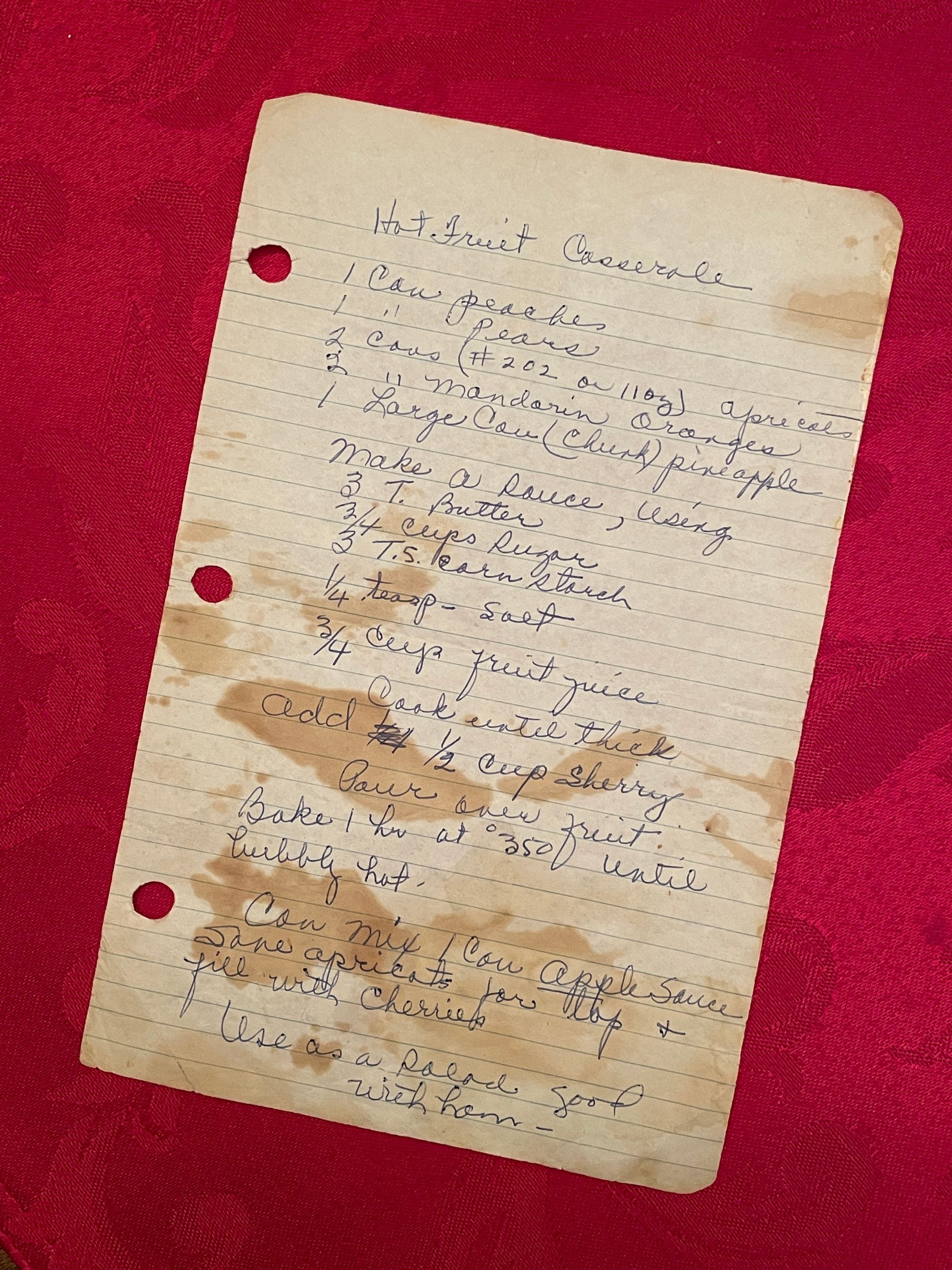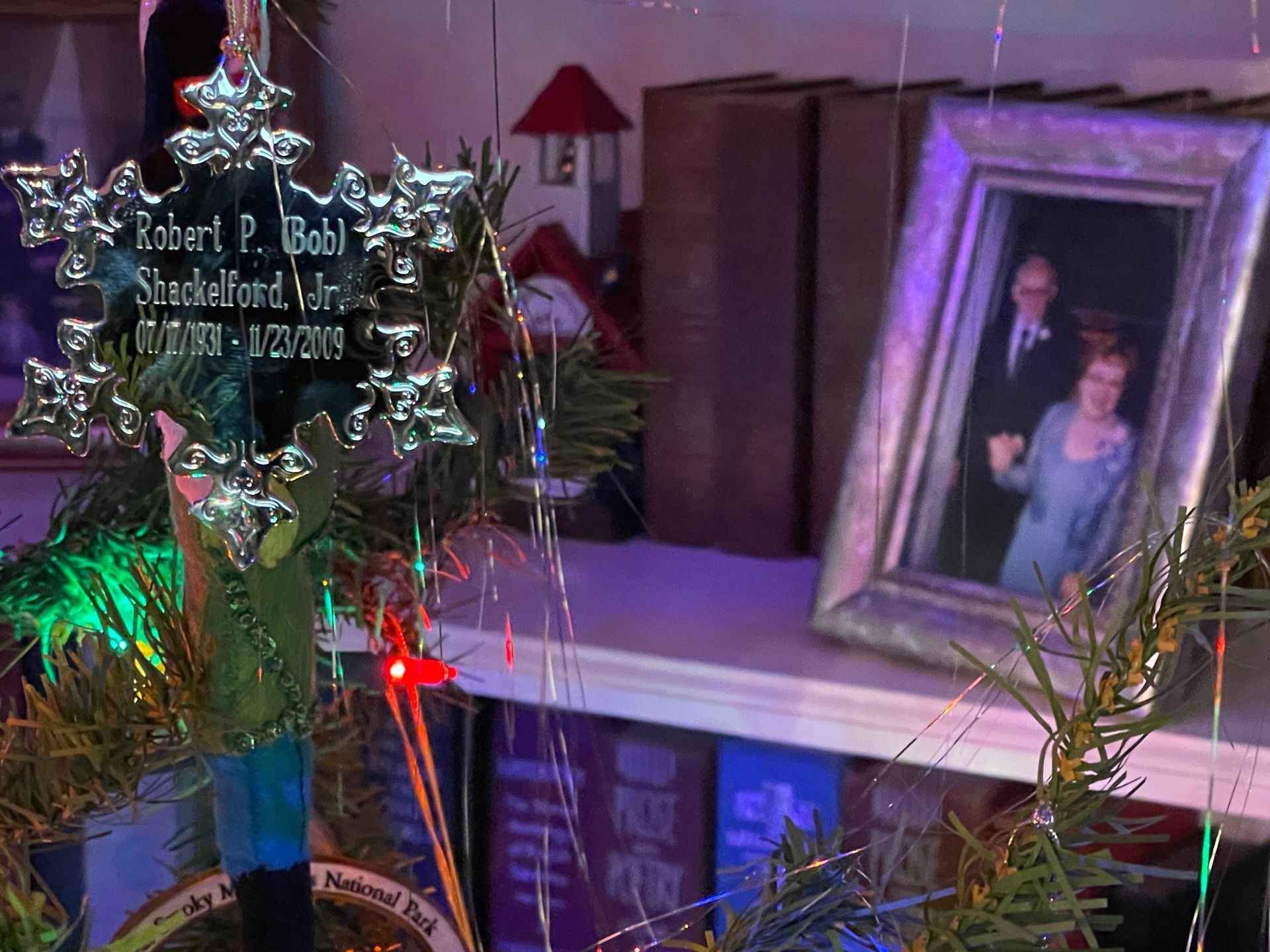The Infection of Grief

He was young . . . strong . . . incredibly healthy. Everything had been done correctly and with great care. The deep, jagged gash in his leg had been cleaned and sutured, bandaged to ward against the entrance of germs, the possibility of infection. Yet here he lay, his leg fiery red, swollen with a road map of red streaks running in all directions. Despite every effort, a massive infection had set in and the only way to save his leg—and his life—was to reopen the wound and expose the infected area.
With time and patience and an extraordinary amount of care he survived. To look at him today you would never know how much pain he endured, how close he came to losing so much. When someone experiences an injury of that magnitude coupled with such potentially devastating complications, we never question the gravity of the situation; we never doubt that caution must be exercised, that treatment recommendations must be followed and that time will be required for healing. Why is it that we often do not show the same consideration for the grieving?
Grief can be as devastating as any infection and must be acknowledged and treated accordingly. Failure to do so guarantees its continued presence, its slow yet steady consumption of life until there is nothing left but the grief we have tried to conceal. Our job—and the role of the funeral—is to open the wound and expose the pain. Only then can the healing begin. Only when the loss is recognized for the life changing event that it is can we begin to move forward. The funeral is not the end of that process, it is the beginning.
Despite popular belief, the funeral does not offer closure for those who are left behind, nor is it meant to. It is not this magical point which marks the last moment in which we will have to deal with a loss. Rather, it gives those directly affected by the death a safe place to say good-bye, a place where raw emotions are accepted and the cries of anguish are met with compassion and understanding, a place where family and friends can gather to honor and remember a life lived and where they can offer each other the support needed to gather strength for the journey. Though some would have us believe it is a barbaric ritual whose time and place have long since vanished, nothing could be farther from the truth. Funerals may be about the dead but they are for the living, to help them begin their journey through loss to that place beyond the grief—to that place where life can continue without the ever-present feelings of despair. As with any physical injury, healing from loss requires time and patience and an extraordinary amount of care. But on any journey there must always be a first step and in the journey through grief, that first step is taken when we acknowledge the magnitude of what we have lost and pay honor to their importance in our lives.
The post The Infection of Grief appeared first on Shackelford Funeral Directors | Blog.







A Year of Grief Support
Sign up for one year of weekly grief messages designed to provide strength and comfort during this challenging time.
Please wait
Verifying your email address
Please wait
Unsubscribing your email address
You have been unsubscribed
You will no longer receive messages from our email mailing list.
You have been subscribed
Your email address has successfully been added to our mailing list.
Something went wrong
There was an error verifying your email address. Please try again later, or re-subscribe.





